Teeth Whitening
Cosmetic Teeth Whitening Services
in San Antonio, TX
Why Do Teeth Change Color?
- Age – As we age, the outer layer of our enamel gets thinner and more translucent. This shows more of the yellow color of the inner layer, called dentin.
- Food & Beverages – Coffee, tea, red wine, and some foods have pigments that can bond with the outer tooth enamel. This leads to visible stains on the teeth.
- Trauma – Sometimes a tooth responds to trauma by creating dentin, which is naturally darker than your enamel. This can make your tooth seem yellow or dark gray.
- Tobacco Use – Whether it's smoked or chewed, tobacco contains two substances that discolor the teeth: tar and nicotine. These substances are absorbed into the tooth's enamel, causing yellow and brown stains.
- Medications – Some medications have side effects resulting in tooth discoloration, including blood pressure medications, some antihistamines, antibiotics, chemotherapy, and radiation to the head and neck.
Not all stains respond to whitening treatments. Our dentists at River City Dental Solutions, which serves the San Antonio, TX, area and beyond, can tell you what you can expect during a consultation.

How Does Whitening Work?
The active ingredients for most in-office whitening treatments are one of two bleaches: hydrogen peroxide or carbamide peroxide. These bleaches break down large stains and dilute the pigments that cause discoloration.
The bleaching agents Dr. Perry uses are typically much stronger than anything you can purchase for at-home use. These solutions must also be administered by a professional because a special method may be necessary for optimal results, such as the use of an ultraviolet light tool.
The Benefits
of In-Office Teeth WhiteningTreatment Is Fast – An in-office whitening treatment can often be completed in under an hour, so it can conveniently fit into your schedule. Store-bought whitening strips and gels can require multiple uses to whiten your teeth, consuming a lot of your time.
The Solution Is Strong – In-office whitening treatments are stronger than any whitening kit you can buy in a store. Dentists are approved to use stronger whitening solutions that yield better results and can target more severe dental stains. Our bleaching solution can whiten your teeth several shades.
Our Dentist Makes It Safe – Though the whitening solution our dentist uses is stronger than anything you could buy in the store, it's still a safe treatment. Our dentist is trained to follow proper protocols to protect your gums and lips so that only your teeth are exposed to the whitening solution.
Exploring Candidacy
for Teeth WhiteningRealistic Expectations
Many whitening treatments can only whiten your teeth to their natural tooth color, which may not be the dazzling white you're expecting. Teeth bleaching, on the other hand, can make your teeth several shades lighter than their natural color. Keep this in mind when considering teeth whitening.Commitment
If you want to maintain the results of your teeth whitening treatment, you can do so at home with a good oral hygiene routine. However, touch-up treatments may be necessary to make your results last longer than one year. Patients may also schedule a few whitening or bleaching treatments to achieve the best results.When Teeth Won't Respond
to Whitening
River City Dental Solutions
The team at River City Dental Solutions serves the needs of the greater San Antonio, TX, area with state-of-the-art technology and the latest innovative techniques. We can provide you and your family with beautiful smiles through a variety of procedures including:
To schedule an appointment at our dental office, contact us online or call 210-941-3657.

